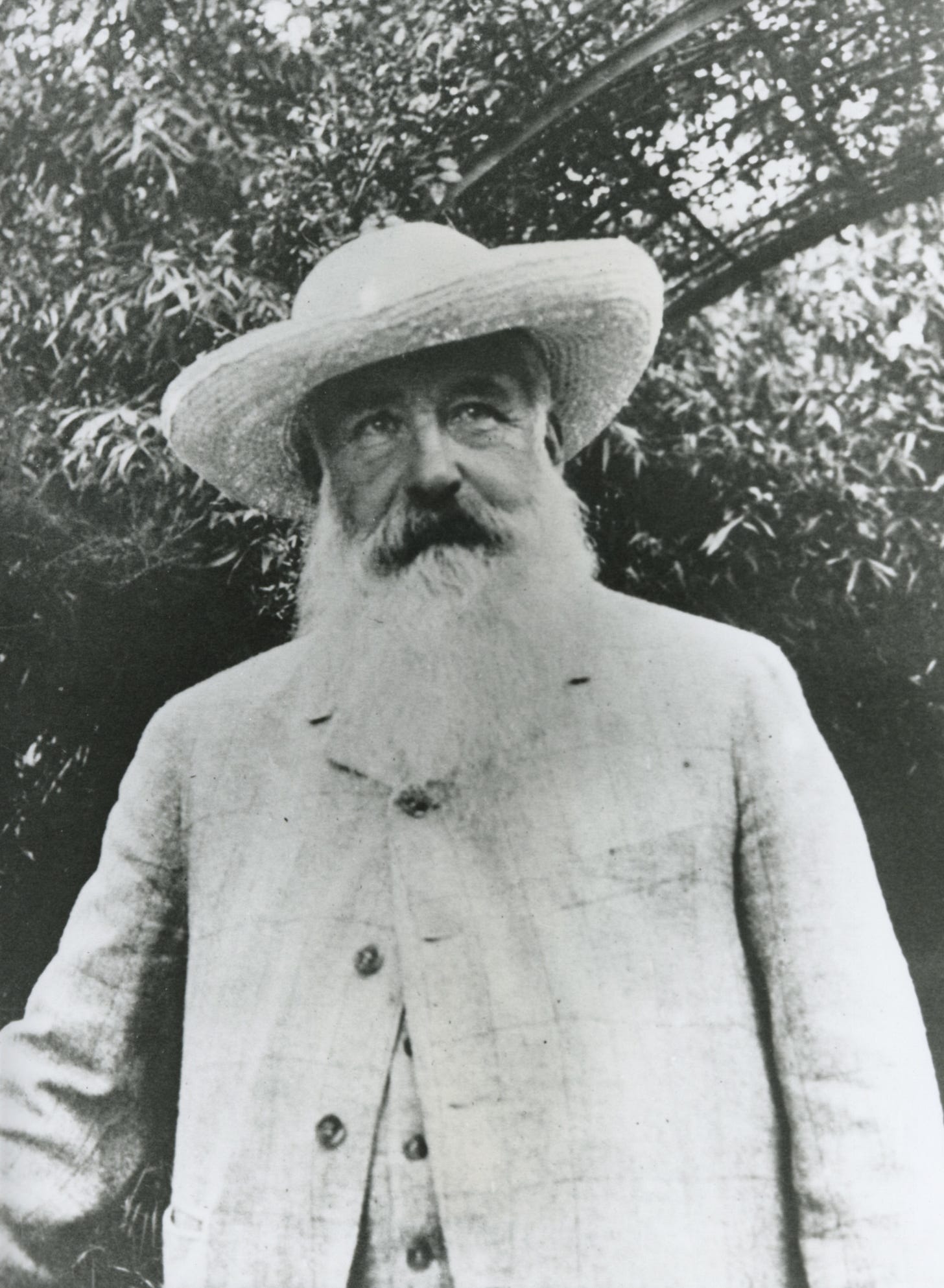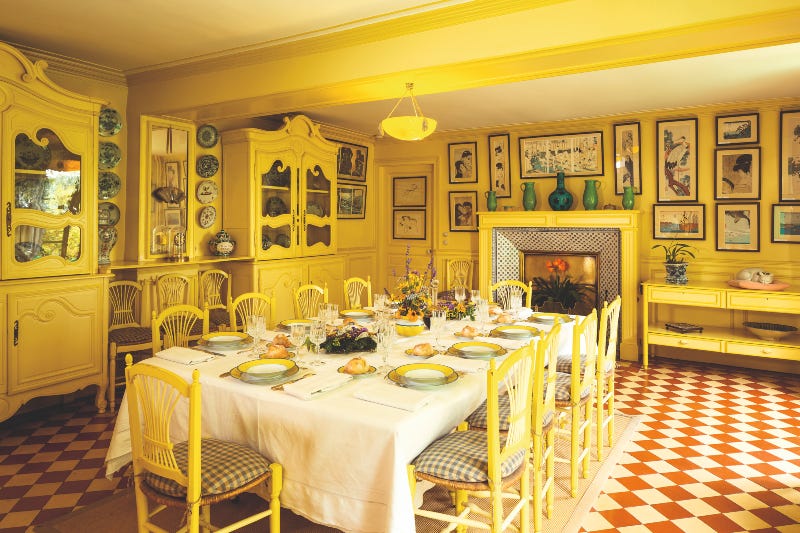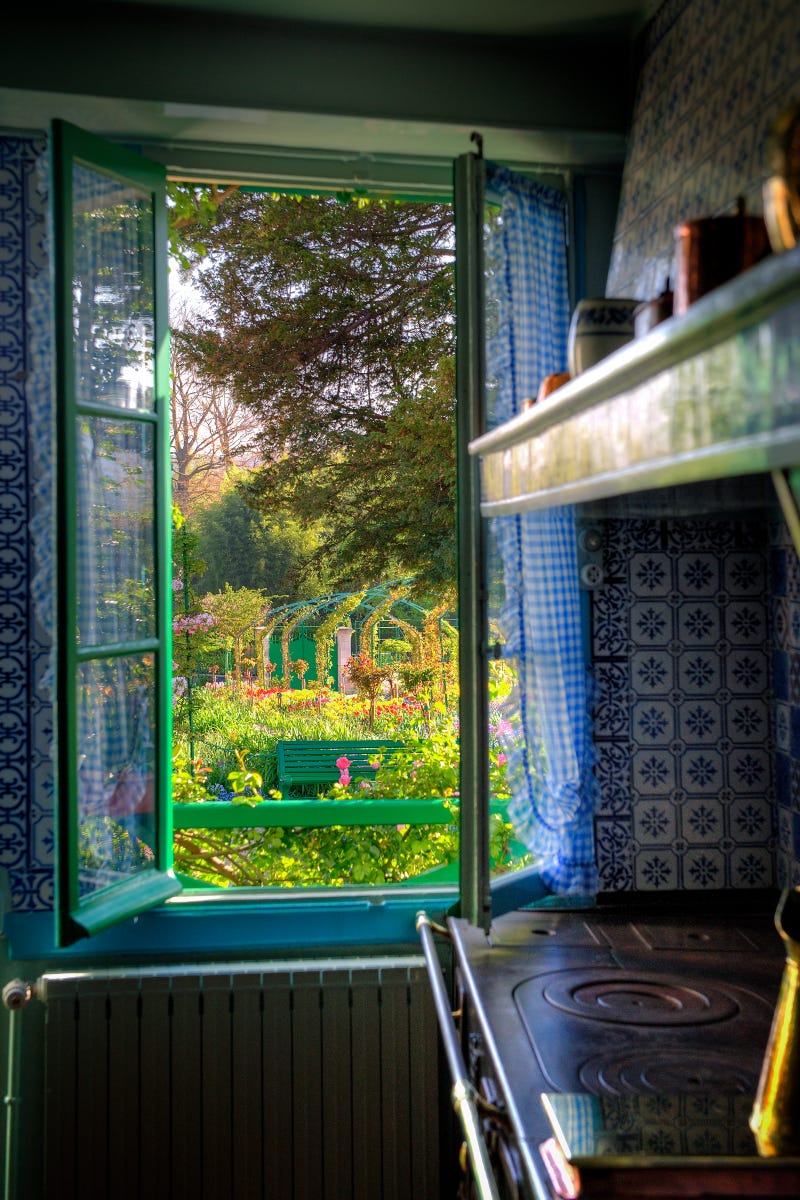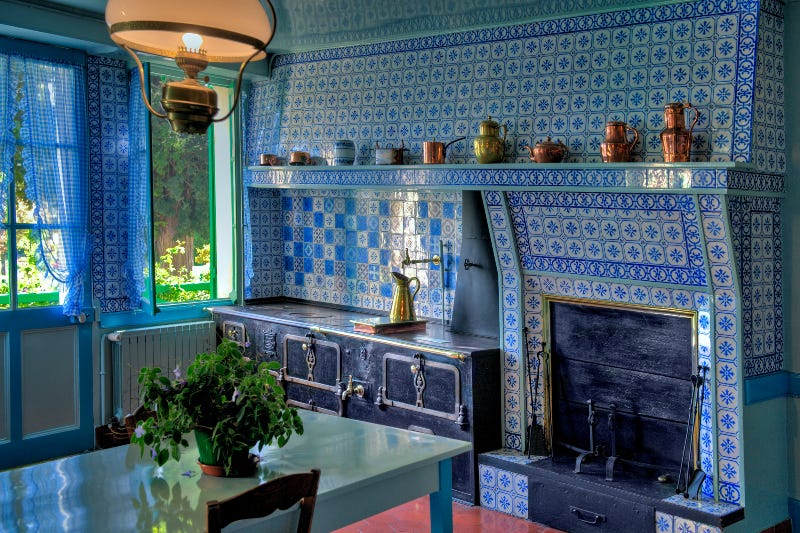Though he is best known for being the father of Impressionism, 19th-century artist Claude Monet was also a huge food connoisseur who enjoyed lavish feasts made with the best ingredients, and preferably, shared in good company. After years of financial worries, he moved to Giverny with his family in 1883, and it was there that he developed a gourmet lifestyle and reveled in some of the most delicious culinary experiences.
The road to Giverny
Monet may be one of the most famous French painters, but the first half of his career was hardly prosperous. Born in Paris on 14 November 1840, he moved to Le Havre in Normandy at the age of five. The young artist later returned to the French capital where he met and worked with contemporaries such as Pierre-Auguste Renoir, Berthe Morisot and Edgar Degas. In 1874, he exhibited a painting depicting the port at Le Havre (Impressionism, Sunrise; 1872, Musée Marmottan Monet, Paris) which would give rise to the term Impressionism, an innovative style of art characterized by the use of bright colors and rapid brushstrokes, creating a sketchlike appearance on the canvas.
Unfortunately, Monet’s artistic efforts were not applauded and he barely made enough to make ends meet. Tormented by creditors, he moved often and despair even led him to attempt suicide by jumping into the Seine. His wife Camille died in 1879, leaving him with their two young boys.
By 1883, life started to look better for Monet. He began selling more paintings, found love again and returned to his beloved Normandy, settling down at Le Pressoir, a spacious pink house with lush gardens, orchards and flowering meadows. With the financial help and trust of art dealer Paul Durand-Ruel, Monet was able to fully devote himself to his work and even had enough time to develop his other favorite art – that of eating and drinking. Shortly after his move, he wrote to art critic Théodore Duret, saying: “I am in raptures. Giverny is a splendid place for me.”
The art of feasting
Le Pressoir became Monet’s place of artistic and personal refuge. When he wasn’t painting or gardening, he sat at the large table in his bright yellow dining room with family and friends, among them renowned painters, writers and art dealers. He couldn’t cook, but had a highly developed palate and was an attentive and generous host who took great pleasure in sharing long meals where conversations about food flowed as abundantly as the carefully chosen wines.
Marguerite, his cook, used only the best ingredients, either freshly harvested from the garden or sourced from quality producers in France. He was especially partial to Périgord truffles, foie gras from Alsace and Provençal olive oil. Poultry was raised for meat and eggs, and in the autumn, Monet would go with his second wife Alice and their children into the nearby woods in search of fragrant cèpes and other wild mushrooms.
Monet painted mostly outdoors. In order to take advantage of the bright Normandy light, he started his day at five in the morning with a hearty breakfast consisting of foods he discovered during his travels to England and the Netherlands: toast with marmalade, muffins, scones, scrambled eggs with bacon, and Dutch cheeses. Monet became quite agitated if lunch wasn’t served promptly at 11:30am, which meant that Marguerite started preparations almost immediately in the beautiful blue kitchen equipped with a large Briffault stove, sturdy copper pans, terrines and all kinds of earthenware baking tins.
The three-course meal included recipes from friends or those inspired by meals he had at fine restaurants, among them Cézanne’s bouillabaisse and lobster à l'américaine from the Drouant in Paris.
Monet was as impatient as he was picky. Asparagus had to be barely cooked, sauces perfectly seasoned and neither too thick nor too thin, and salads flavored with generous amounts of black pepper.
For his birthday, the table would be elegantly set with yellow Limoges crockery and fresh flowers.
Monet usually requested roasted woodcock, fish with beurre blanc and for dessert, Marguerite’s specialty, her bright green ‘vert-vert’ pistachio cake. At Christmas, the family dined on Bresse poultry and foie gras pies luxuriously perfumed with black truffle. Dessert was a traditional English steamed pudding followed by Monet’s favorite banana ice cream.
Delectable paintings
Journalist and art critic Octave Mirbeau once referred to Monet’s lavish gardens as “a perpetual feast for the eyes,” something which can also be said about the tempting images he captured on canvas.
***EXCLUSIVE CONTENT FOR PAID SUBSCRIBERS***
A look at five of Monet’s food paintings, plus information about his lavish home in Giverny and an excellent book recommendation for those who want to learn more about the artist and try his recipes.









